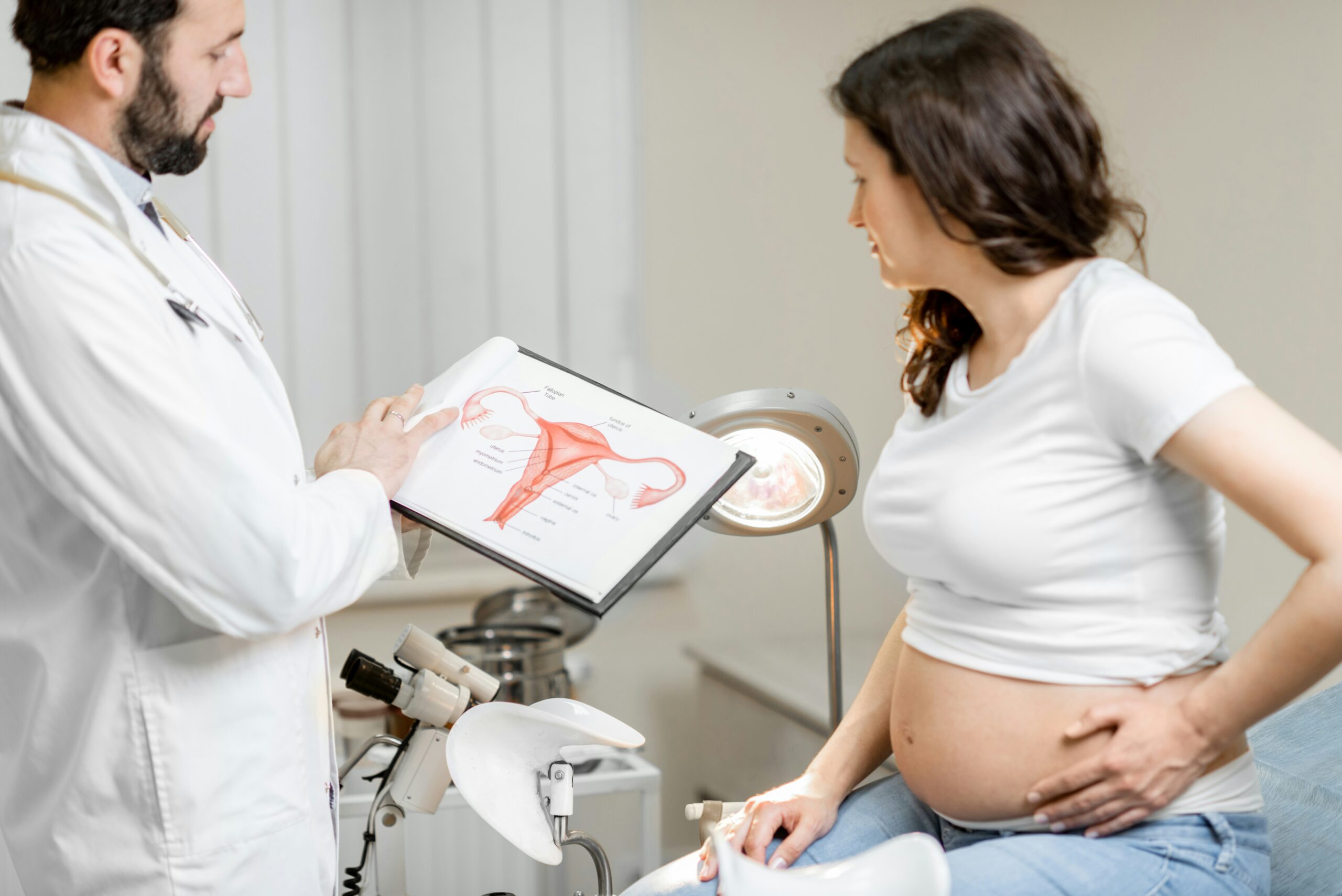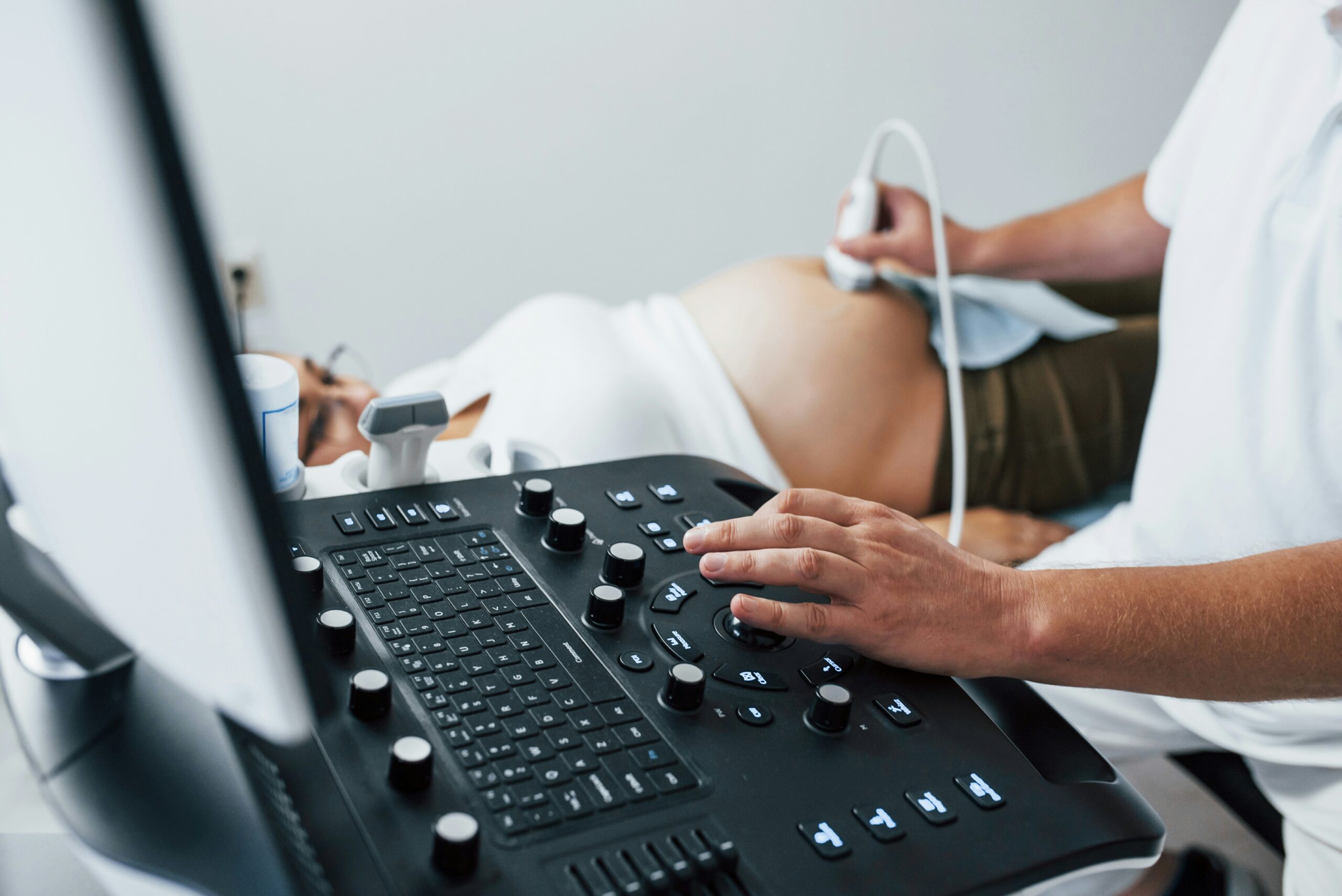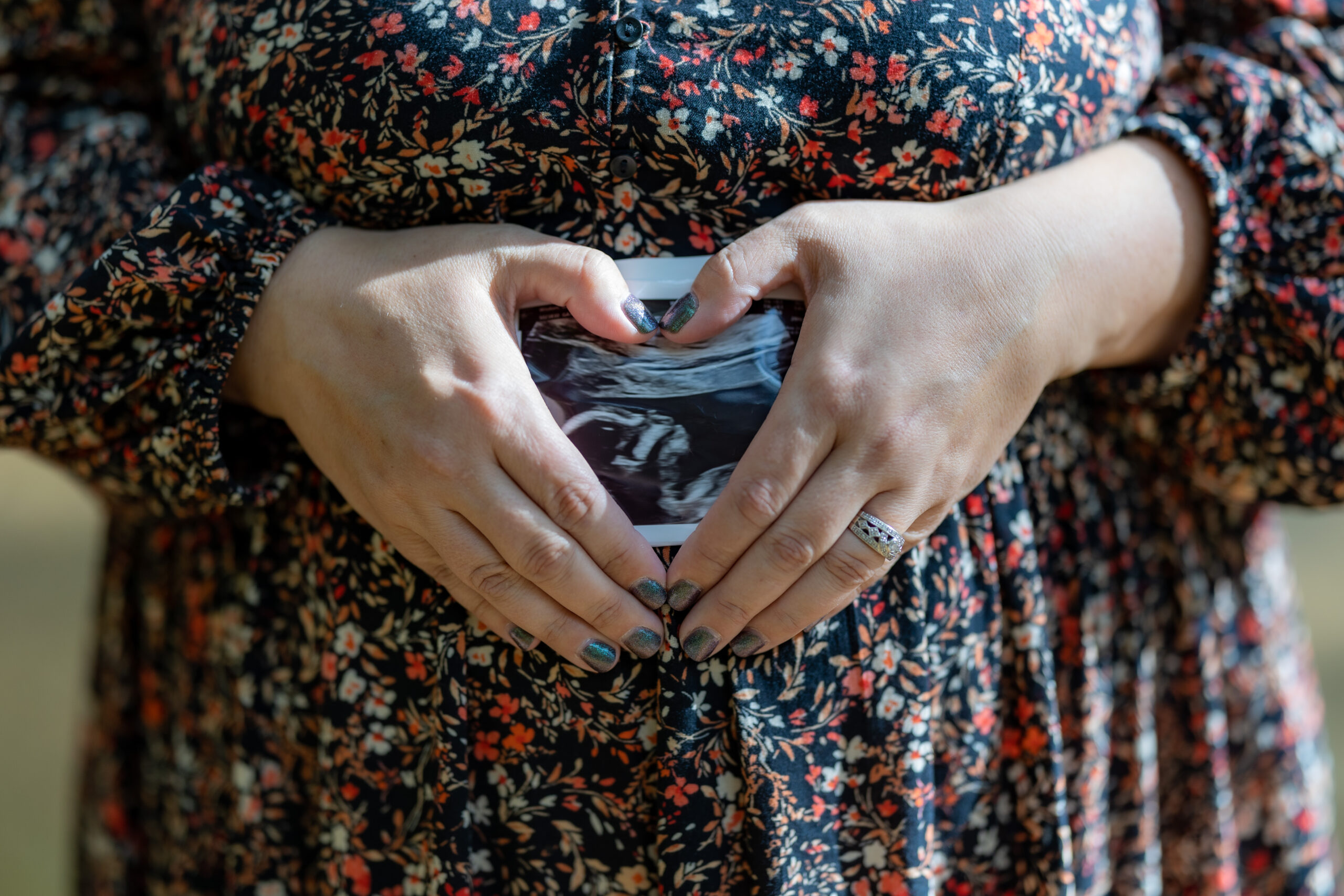If you’ve been told you have Asherman’s syndrome, you may be understandably shook up and anxious over what your reproductive future might look like. This rare condition affects an estimated 5-39 percent of women who experience recurrent miscarriage, which is defined by the loss of two or more pregnancies before 20 weeks of gestation.
Unfortunately, the only way to actually diagnose Asherman’s syndrome is by performing a hysteroscopy, a surgical procedure where a lighted tube called a hysteroscope is inserted through the vagina and cervix to allow a doctor to view the uterine cavity, explains
Jessica Ryniec, M.D., a reproductive endocrinologist and infertility expert at CCRM Fertility in Boston. For this reason, Asherman’s syndrome is often overlooked, with many women experiencing the condition unknowingly.
What is Asherman’s syndrome?
Asherman’s syndrome is a condition where scar tissue (adhesions) forms inside the uterus, leading to symptoms such as infertility or amenorrhea (not getting a period), explains Dr. Ryniec. “This scar tissue can form after having a procedure inside the uterus or an infection/inflammation within the endometrium, and can be very mild without obvious symptoms all the way to complete obstruction or obliteration of the cavity,” she says. “The adhesions themselves can vary in severity, from thin, filmy tissue to thick bands that can completely block the uterine cavity.” This abnormal tissue growth can interfere with normal uterine function, leading to a range of reproductive issues.
What causes Asherman’s syndrome?
Ultimately, scarring within the uterus develops after there is damage to the base layer of the endometrium (the lining of the uterus), which most commonly occurs after procedures inside the uterus like dilation & curettage (D&C), with higher risk of developing ashermans following these procedures if you were pregnant or recently pregnant, explains Dr. Ryniec. “This is thought to be specific hormone changes making the base layer of the endometrium more susceptible to injury,” she says. “Some other procedures that can cause scarring include polypectomies, myomectomies, endometrial ablations (in which case scarring is the intended effect). Inflammation or infection can also be less common causes of Asherman’s, and there have also been cases of intrauterine devices leading to scarring, often in those with low estrogen.”
What are symptoms of Asherman’s syndrome?
The symptoms of Asherman’s syndrome can vary depending on the severity of the scar tissue, but can include a full absence of a period, irregularity or abnormal period bleeding, pelvic pain or cramping, infertility or recurrent miscarriages. “Some people with very mild scarring may not experience obvious symptoms at all, so they may have ‘silent’ intrauterine scarring or adhesions,” says Dr. Ryniec. It’s important to note that these symptoms can also be caused by other conditions, so it’s crucial to consult with a healthcare provider for an accurate diagnosis.
How is Asherman’s syndrome diagnosed?
In order to diagnose Asherman’s syndrome, a full history and physical exam takes place, and this is usually followed by an ultrasound that may reveal a thin lining caused by the scar tissue, explains Dr. Ryniec. Next, a saline ultrasound or hysteroscopy would be performed, two procedures that can directly visualize the scarring.
Sometimes doctors prescribe estrogen to see if it can induce a period. Failure to bleed after beginning this treatment may also clue a provider into knowing the patient may have Asherman’s.
How is Asherman’s syndrome treated?
The primary treatment for Asherman’s syndrome is hysteroscopic resection, which is a procedure in which a camera is placed through the cervix to visualize and remove the scarring with scissors or other instruments, explains Dr. Ryniec. “This is often followed by interventions that may lower the risk of scar reforming such as hormones or intrauterine balloons, however multiple procedures are often needed.”
In some cases, IVF (In Vitro Fertilization) can be a viable option for women with Asherman’s syndrome who have undergone surgery to remove adhesions but continue to experience infertility. During this process, medications are used to stimulate the ovaries to produce multiple eggs. An egg retrieval procedure is performed to remove the eggs from the ovaries via a minor surgical procedure, and then the eggs are fertilized with sperm in a lab. The healthy embryos that are created are then transferred to the uterus.
Success rates for IVF in women with Asherman’s syndrome can vary depending on the severity of the condition, the success of the surgery and other factors.
Living with Asherman’s syndrome
Asherman’s syndrome can have a profound impact on not only your physical well-being, but also your emotional and mental health as well. Not only can the diagnosis itself be emotionally devastating, often leading to feelings of grief, loss, and isolation, but it may also cause stress and dysfunction in your personal relationships. It’s important to recognize that these feelings are normal and to seek support from loved ones or mental health professionals.
Connecting with others who have experienced Asherman’s syndrome can be invaluable. Support groups offer a safe space to share experiences, gain emotional support and learn from others’ journeys. Online forums and patient advocacy organizations can also provide valuable resources and information.
While Asherman’s syndrome can be a challenging condition, advancements in medical treatments and support systems do offer hope. With proper care and management, many women with Asherman’s syndrome are able to achieve pregnancy and build families.
Author
-

Jenn Sinrich is the co-founder of Mila & Jo Media, an award-winning journalist and mom to Mila and Leo. She's also on-track to become a bereavement and postpartum doula to help women, like her, who've experienced pregnancy loss. She's a Peloton-tread addict who loves to cook and spend time with her friends and family. A Boston-native, she has always loved the Big Apple, which she called her home for close to a decade.
View all posts





